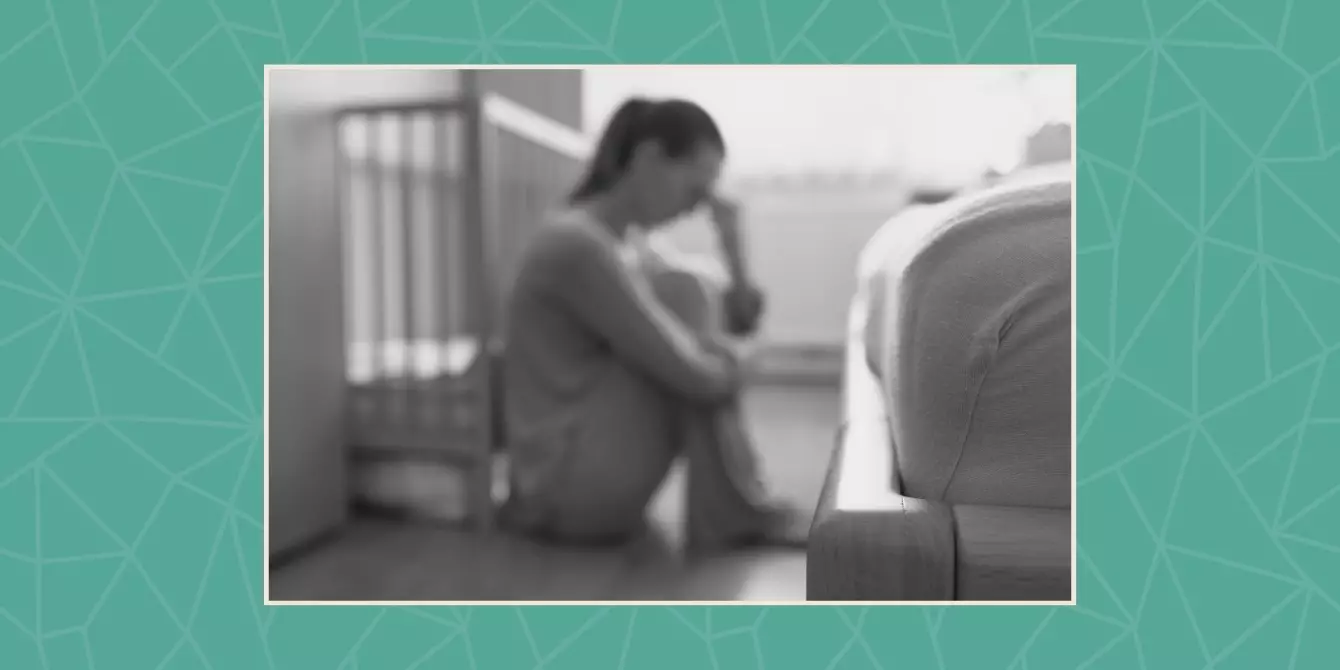Over the past two decades, the United States has experienced significant advancements in infant health metrics, notably a commendable 24% decline in overall infant mortality rates between 1999 and 2022. This reduction can be attributed to improvements in obstetric care, neonatal health technology, and interventions aimed at reducing preterm labor. However, a worrying trend has emerged that warrants immediate attention: an increase in Sudden Unexpected Infant Deaths (SUID), which encompasses fatalities that occur abruptly in otherwise healthy infants. A recent study published in JAMA Pediatrics highlights a near 12% rise in SUID rates from 2020 to 2022, challenging the narrative of continuous improvement in infant safety.
Sudden Unexpected Infant Deaths pose a unique paradox within the context of declining overall infant mortality rates. SUID refers to the unexpected, unexplained deaths of infants under one year, including conditions like Sudden Infant Death Syndrome (SIDS) and accidental suffocation. Importantly, this issue does not solely hinge on the physical sleeping arrangements for infants, such as cribs or parents’ beds; it also reflects broader societal dynamics that complicate parents’ ability to foster safe sleep environments.
Dr. Elizabeth Wolf from Virginia Commonwealth University identifies two possible contributing factors to the rising SUID rates: the aftermath of the COVID-19 pandemic and the ongoing opioid crisis. These external stressors have likely impacted parental capacity to adhere to safe sleep practices. Furthermore, social media may be exacerbating this issue by disseminating images that normalize unsafe sleep positions or environments.
The influence of social media on modern parenting cannot be underestimated. Platforms such as Facebook often showcase pictures of infants sleeping in risky environments, which may inadvertently mislead parents into believing these setups are acceptable. In a study focusing on a Facebook moms’ group, an alarming 86% of shared infant sleep images did not comply with the American Academy of Pediatrics (AAP) guidelines. This prevalence of misrepresented safe sleep practices calls into question how information circulates in today’s digital age and highlights the urgent need for authoritative guidance on infant safety to combat misinformation.
Highlighting the issue further, research reveals significant racial disparities in SUID rates. For instance, Black infants are found to be ten times more likely to succumb to SUID compared to their Asian counterparts, while American Indian and Alaska Native infants face rates approximately 9.6 times higher. While the study identifies these disparities, it lacks depth in exploring their root causes. A more comprehensive analysis is required to unearth systemic inequities in healthcare access, maternal education, and socio-economic factors that contribute to these fatalities.
The conversation surrounding infant mortality cannot be effectively concluded without addressing the structural barriers that parents face, particularly those from minority backgrounds. Access to consistent healthcare is integral; however, families hindered by logistical challenges or lack of insurance often miss critical educational moments regarding safe sleep practices.
Economic stressors play a pivotal role in shaping families’ abilities to create safe sleep conditions for their infants. The absence of guaranteed paid parental leave in the U.S. leaves many new parents facing tremendous exhaustion shortly after childbirth. The reality of returning to work while managing a newborn is overwhelming, leading to unsafe sleep practices. It is essential to recognize that exhausted parents may easily fall into risky situations not out of indifference but due to sheer fatigue and a lack of support systems.
Consequently, investigating other factors such as access to safe sleep products is warranted. Although the Safe Sleep for Babies Act has created bans on hazardous sleep products, parents remain vulnerable to misleading advertising that promotes unsafe options. Increased regulatory oversight is critical in ensuring that parents can make informed choices for the safety and wellbeing of their infants.
Effectively reducing the incidence of SUID death requires systemic reform rather than solely relying on individual parental efforts. Dr. Wolf’s research emphasizes that an integrated approach leveraging healthcare reform, paid family leave, and educational resources must be employed to support parents.
Two fundamental recommendations include the expansion of health insurance access for low-income families and stronger regulations against deceptive marketing of infant sleep products. Introducing more funding for community programs promoting safe sleep practices and supporting their implementation in various socio-economic contexts is vital.
Additionally, immediate actions parents can take include strictly adhering to AAP guidelines—that is, always placing infants on their backs for sleep, utilizing a firm sleep surface, and maintaining a clutter-free sleep environment.
The rise in SUID rates is a matter that transcends the realm of individual parenting and calls for a collective societal response rooted in policy reform and community support. The responsibility lies not only with parents but with healthcare providers and policymakers to establish a nurturing environment that safeguards every child’s right to a safe sleeping space. Only through concerted efforts can we hope to diminish SUID rates and ensure a more secure future for our youngest population. In tackling this vital issue, the focus should pivot from questioning parental compliance with safe sleep practices to strategizing about how to empower all parents to provide those safe environments. After all, the safety and well-being of every infant should be our utmost priority.

